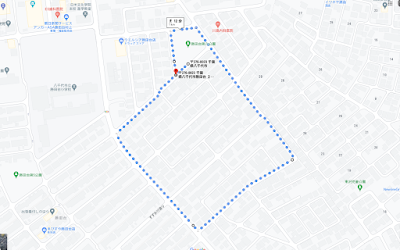Nov. 3, 2020
I slept a staggering 13 hours, and woke up a new man.
It was then I realized that I had long been deeply in debt in terms of sleep.
<Lesson 1: Sleep Is Important>
When you've had enough sleep, your mind is clear, and you learn new things more easily. I realized that when I learned Spanish on Duolingo. When I did it in a constant lack of sleep, I didn't seem to learn much, and it was hard to stay motivated. On the other, when I got on with it after sleeping 13 hours, I felt like I could absorb everything like a sponge.
<Lesson 2: Look Up & Say Chunk by Chunk>
As I learned Spanish, I reconfirmed the importance of looking up and saying a sentence, not as a whole all at once, but by chunk. Also, it's important to look up and say it without relying on the written word. It allows you to shift your attention from written words to the meaning of the phrase you are saying. Through this practice, a solid connection is built between sound and meaning of a phrase. When this happens, you get to understand the meaning of a phrase when you hear it, rather than visualize written words of the phrase.
<Lesson 3: Diversifying Food is Key to Survival>
Diversifying food is key to survival. I thought so when I watched a TV program on savannah. In Africa many animals live. Some are carnivores. Others are hervibores. When two animals of different kinds live on the same food, competition arises. The strong usually dominate the weak. The former prosper. The latter decline.
But if you can live on something no other animal wants, you can prosper, because food may be abundant, and there is little competition.
One animal in savannah, in fact, has evolved to live on something most other animals don't care to eat. The animal is a fox with very large ears, and its food is insects. According to the TV program, the animal has evolved to have big ears in order to detect the sounds that small insects make. Its hearing is so good that it can find them from afar!
To conclude, if you want to survive without much competition over food with other kinds of animals, you may want to be develop unique taste buds to eat something that few others want. Diversifying food is key to survival.
<Lesson 4: Changing Game is Key to Survival>
Changing game is key to survival. I thought so when I watched another episode in the same program on savannah. Hernivores were drinking from a pond. Carnivores were resting in a distance. The carnivores don't hunt, because they are full. But once they become hungry, whose time will come sooner or later, they go hunting, and one of those herbivores will be hunted down, and it gets on the carnivores' dinner plate.
Now there were a couple of small birds, picking seeds from the ground. While all the hernivores look vigilant over a potential attack from carnivores, these birds look completely carefree. They don't seem to worry about being attacked by lions and cheetahs. And probably they don't, because they can live on a different dimension. They can live in the sky as well as on the ground. A hungry lion cub may attack a bird if the bird cannot fly and the cub is super hungry. However, it probably won't. Well, it might once or twice. But then it will quickly learn that the bird is no match to it, because the moment it attacks, the bird takes off into the sky, far out of its reach. The bird's key to survival is living an a different dimension from that of its predator. Its key to survival is changing the game of surviving on the ground to surviving in the sky where lions and cheethas have no way to have their upper hand. Incidentally, that's one reason many birds stopped being physically big to compete with these carnivores. I think humans have a lesson to learn from many birds in terms of survival. Maybe many of us are doing what birds did in their evolutionary process in order to survive in this highly competitive global business environment.

























